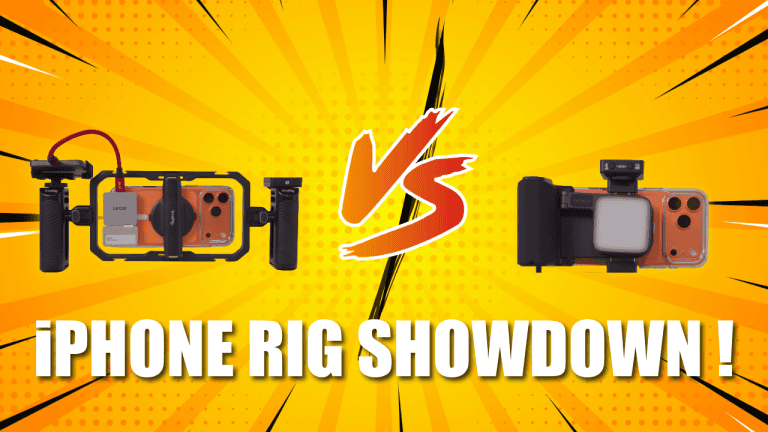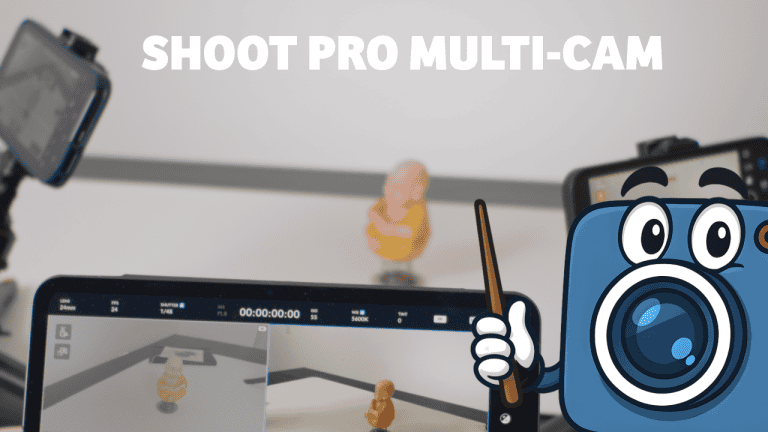DaVinci Resolve System Preferences – Video Audio I/O
Last time, in the DaVinci Resolve System Preferences we optimized Resolve’s Memory, GPU & Media Storage settings for better performance. Now we’re still in Preferences → System, but moving into the Video and Audio I/O
Video I/O — External Monitoring & Capture

If you’re using Blackmagic hardware like a DeckLink or UltraStudio, this is where you configure it.
These devices enable:
- Professional capture
- True broadcast monitoring
- SDI / HDMI output to real reference monitors
👉 If you don’t use Blackmagic hardware:
Keep Monitor Device set to None — Resolve will just display playback in its own viewers.
Release Video Device When Not In Focus
Controls what happens to your external monitor when you switch apps:
| Setting | Result |
|---|---|
| ON | Monitor becomes available to other apps |
| OFF | Resolve holds that screen even if minimized |
If you want a constant reference display, leave OFF.
Audio I/O
Choose between:
| Option | When to Use |
|---|---|
| System Audio | Best for most Mac users |
| Desktop Video | If using Blackmagic playback hardware |
| Fairlight Accelerator | Only if that PC card exists in your machine |
Mac users: Keep System Audio — uses macOS Core Audio drivers.
Buffer Sizes — Balancing Stability & Latency
| Workflow | Recommended Buffer |
|---|---|
| Everyday editing | Auto playback / 5 record |
| Voiceovers | 128–256 |
| Heavy audio + FX mixing | 1024+ for maximum stability |
If you hear pops or dropouts → buffer too low
If audio feels laggy → buffer too high
Input / Output Device Selection
By default, Resolve uses System Settings — whatever your Mac is using.
Works well for:
- Built-in speakers
- Headphones
- Basic USB mics
If you’re using an external audio interface (like a Universal Audio Volt 2):
Select it for both Input + Output so Resolve routes everything through your device.
Automatic Speaker Configuration
ON = Resolve auto-matches your stereo output
Perfect for most creators.
If you need custom routing → uncheck and use Fairlight’s manual patching.
External Monitor Source — SDI vs HDMI
This applies to professional video workflows.
It tells Resolve which port delivers the signal to a broadcast monitor.
| Connector | Best For | Notes |
|---|---|---|
| SDI (BNC) | Broadcast + long cable runs | Locking, durable, signal-safe |
| HDMI | Consumer gear, TVs, small monitors | Audio + video in a single cable |
Fun fact:
BNC stands for Bayonet Neil-Concelman, named after its 1940s inventors — still the pro standard today.
If you aren’t doing broadcast-style routing → leave this on None.
Immersive Audio (Dolby Atmos / Ambisonics)
Resolve supports 3D + spatial mixing for:
- VR
- Cinema surround
- Apple Spatial Audio
But if you’re a beginner:
You can safely ignore this for now — stereo already works automatically.
Final Thoughts
You now know how to properly configure Resolve Video Audio I/O for:
- External monitoring
- Professional audio interfaces
- Stable playback
- Broadcast-ready setups
New to DaVinci Resolve? This guide explains the DaVinci Resolve Project Manager—the screen you see at startup—so you can create, organize, back up, restore, and archive projects with confidence.






